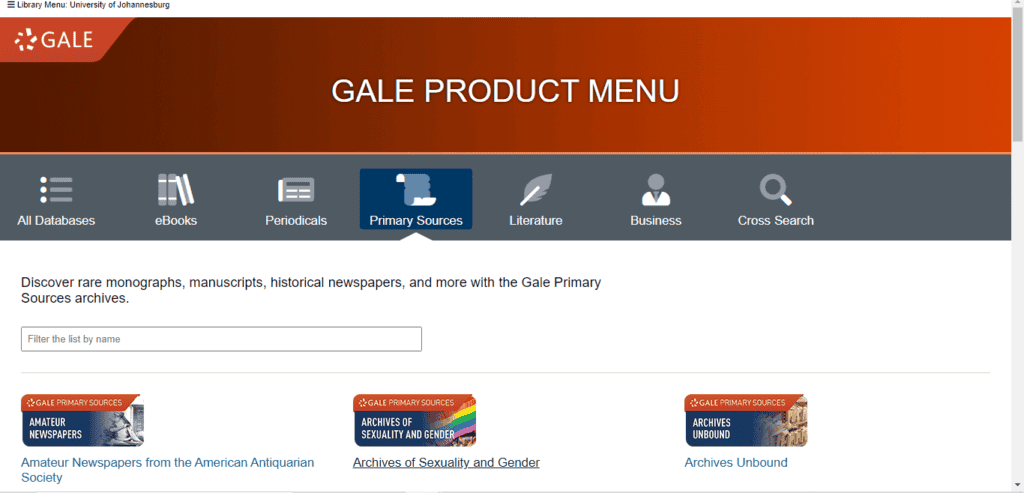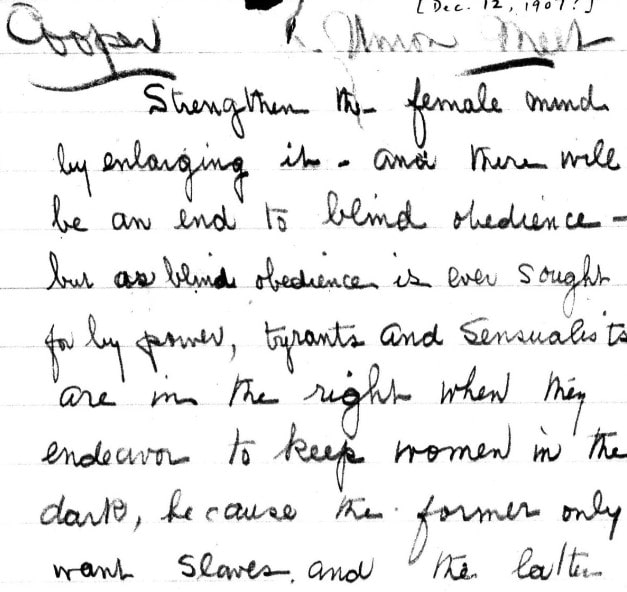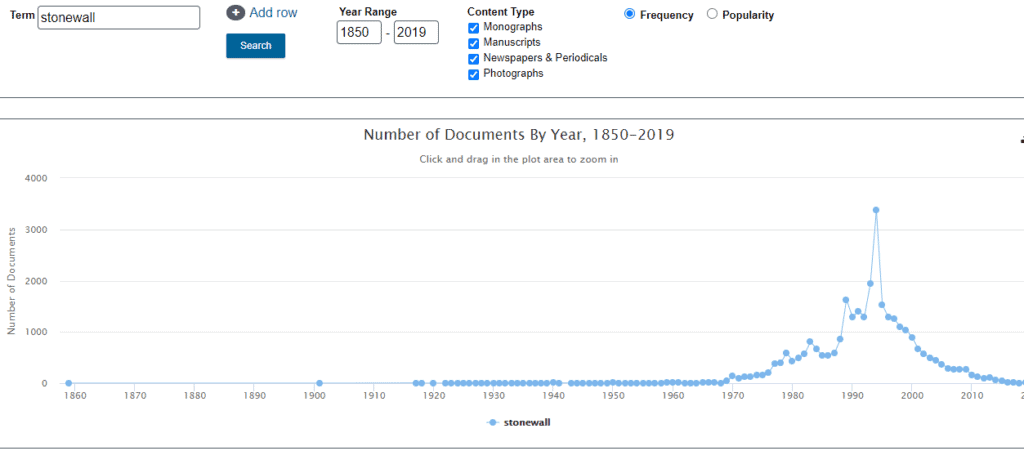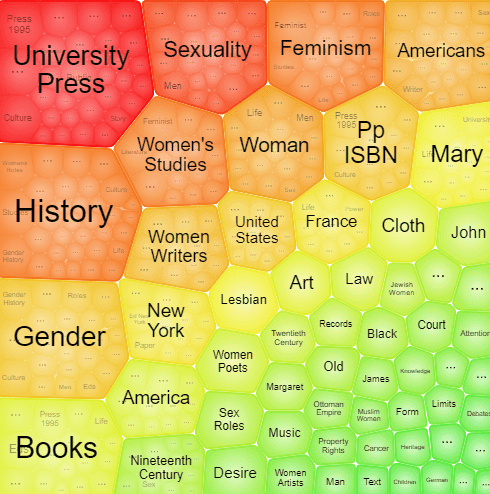│By Ayanda Netshisaulu, Gale Ambassador at the University of Johannesburg│
In March 2020, in what seemed to be little more than a blink of an eye, students at the University of Johannesburg were thrust into the world of online learning. First years, Honours, Master’s and even PhD students were left stranded in a rapidly changing world. With our trusted archives closed as a result of the South African lockdown, some students felt they were left with no option but to make do with secondary sources – but a historian without an archive is like an artist without paints. Luckily, Gale had opened an art supplies store in the University of Johannesburg!
We weren’t supposed to be home this long!
“I only packed for two weeks.” Those words echoed throughout social media and conversations between friends, a phrase that carried longing and sadness rather than excitement about an unexpectedly extended holiday. After the president’s announcement in March 2020, no one except maybe an oracle expected to be spending the rest of the academic year in the comfort and sometimes confines of our homes. To the disappointment of many students, after two weeks of empty waiting, all operations of the University of Johannesburg moved online. Our days changed from planning the day’s outfit based on the weather, calculating how much sleep you could squeeze in before you had to get to campus, or rushing from one lecture venue to the next. Instead, they were filled with loungewear, Zoom classes, obsessively following the news or Chloe Ting exercises for a summer body transformation.
Honours students like myself started to feel like fish out of water; the new normal was like poking your foot out from under a warm blanket on a winter morning – unpleasant but inescapable. We had just entered the world of more intense research, and it felt like a trip to the beach when you’re expecting to be walking along the shore with your toes in the sand, sun shining, but instead find yourself in cloudy weather and turbulent waves. First years all around the country suffered too as, though they had less research, they had to forfeit their much-awaited university experience for online learning and unused outfits.
One silver lining was that all students at the University of Johannesburg were provided with mobile data to easily access the increasingly digital world of our studies; classes moved to WhatsApp and Zoom while research changed from skimming through documents in the national archives to scrolling through online inventories and historical newspapers.
Stranded no more!
In the turbulent battle between trying to stay alive ourselves, and simultaneously breathe life into our research topics, everything seemed bleak. We needed a hero! …What is that? Is that a bird? Is that a plane? No, it’s Gale Primary Sources swooping in to save the day – and our academic year! With archival research that involved long hours of sifting through boxes of documents no longer accessible, the addition of Gale Primary Sources to the University of Johannesburg’s library database was invaluable. Nearly 40 primary source databases are accessible to University of Johannesburg students at a click of their student password! I really can’t express how excited I was to discover this. Credible primary and secondary sources at your fingertips – at any time, for any reason! And please don’t get me started on the broad range of topics and subtopics available. (You can read more about the University of Johannesburg’s selection of Gale Primary Sources in this blog post).


https://0-link-gale-com.ujlink.uj.ac.za/apps/menu?userGroupName=rau_itw&prodId=MENU
A historical oasis
When you have been doing active research for long enough (and have experienced the sometimes hostile environment of online research!) you come to appreciate the features available in Gale’s online resources, and how they can help your research projects. The first and the most obvious feature, but one that cannot be stressed enough, is simply the wide range of credible primary sources at your immediate disposal. Primary sources are a vital resource for many subjects, and for History students they’re the foundation of all our research projects. And it is the process of sifting through bundles of primary source documents that often ignites the next research direction. The wide range of documents in Gale Primary Sources, from newspaper articles to manuscripts, is what makes it a true historical oasis that can be enjoyed online without the strain of travelling.
Time machines
I can boldly proclaim that time machines exist. The dial: word searches within a primary source archive, and the destination: an array of documents that have stood the test of time to let you into the world of old. That is the power of primary sources, for a brief period, you’re transported to a time long since passed; you exist within a space tethered by the slanting letters and crossing of the t’s found within a historical document, such as that below. Reading such documents, I can comfortably travel to the 1900s suffragette movement, stand marvelling in the crowds as women from a time different to mine passionately recite speeches about the “end to blind obedience”. This document is one of many speeches written for suffrage rallies found in Women’s Studies Archive when I searched for “suffragettes”.

Dig deeper with Topic Finder
The second useful feature that Gale provides is the Topic Finder tool which collects related topics or works with the same keywords as your keyword search and feeds them into an algorithm. The tool then illustrates the results for the user through tiles or a topic wheel. The feature allows you to see other sub-topics that fall under the umbrella topics. There are also sub-topics under sub-topics! In this way, the tool helps develop and extend your search, providing suggestions for students to dig deeper into the topic.
One of my current research topics is African spirituality, and I decided to use the Topic Finder tool to see what visualisation this produced. African spirituality, a concept broadened by the African diaspora, allows the researcher a glimpse into both African and Transatlantic social organisation. Many religious practitioners, especially in the African diaspora, were women. The role of the religious leader sometimes held great power akin to that of a chief. As the tiles below illustrate, African spirituality also provides a useful case study into sexuality and its mutable nature within gods and goddesses. See tiles on “Sexuality,” “Sex Roles” and “Desire”. Many women writers have also drawn inspiration from African spirituality, often depicting their main characters as strong women who become feminist icons – the changing concepts of womanhood and the women’s role within different circumstances are illustrated within these tiles which indicate the many trajectories African spirituality research can take.
One for those who love timelines!
Another feature found in Gale Primary Sources is the Term Frequency tool which allows you to compare a word or phrase over time via a timeline that allows you to see change in frequency of use. It’s a pretty neat feature for history nerds like me who have an unexplainable obsession with timelines! Once you’ve selected a date to teleport to (as history often allows you to), your keywords will be highlighted on the document you selected to make your reading easier and efficient.
The graph below shows us the frequency of documents each year which mention “Stonewall”. We can see the first rise in documentation was in 1969, the year of the Stonewall riots. There is a significant rise in publications as the Gay Rights movement gains more traction and as more documents are released. There is a sharp rise in 1995 (the year of the release of the Stonewall movie) and then a gradual decrease in publication only settling in 2005.


The joy of unlimited downloads
Another important but less obvious feature (for students especially) that Gale offers is the free access and the unlimited free downloads of both the primary and secondary sources – something that most students probably jump in excitement about! Most academic platforms, even those with credible and reliable source material, request you pay a small fee after downloading a certain number of articles and annoyingly only make a certain number of pages in books available, which leaves you with incomplete information – trust me, I would unfortunately know. Gale offers eBooks that are separated by chapter making it easier to download only the chapters you need – a great time and space saver for those who need it, like me!

Image by Vlada Karpovich, available on Pexels.com: https://www.pexels.com/photo/woman-using-laptop-and-drinking-beverage-in-bed-4050415/
So, we started 2020 on shaky ground but now that the wind has settled and the clouds of research are clearing, in 2021 we (thankfully) find many research options accessible to us. Why not try them yourself?
If you enjoyed reading about the student experience at the university of Johannesburg and some of the great tools available to students studying online, check out:
- How Gale Primary Sources Helped Me with My Dissertation – and Can Help You Too!
- How To Handle Primary Source Archives – University Lecturer’s Top Tips
- Why Use Primary Sources?
You can also read more about the University of Johannesburg’s selection of Gale Primary Sources, including which archives were chosen, in this blog post.
Blog post cover image citation: Image by Andrea Piacquadio available via Pexels.com https://www.pexels.com/photo/serious-ethnic-young-woman-using-laptop-at-home-3768911/



